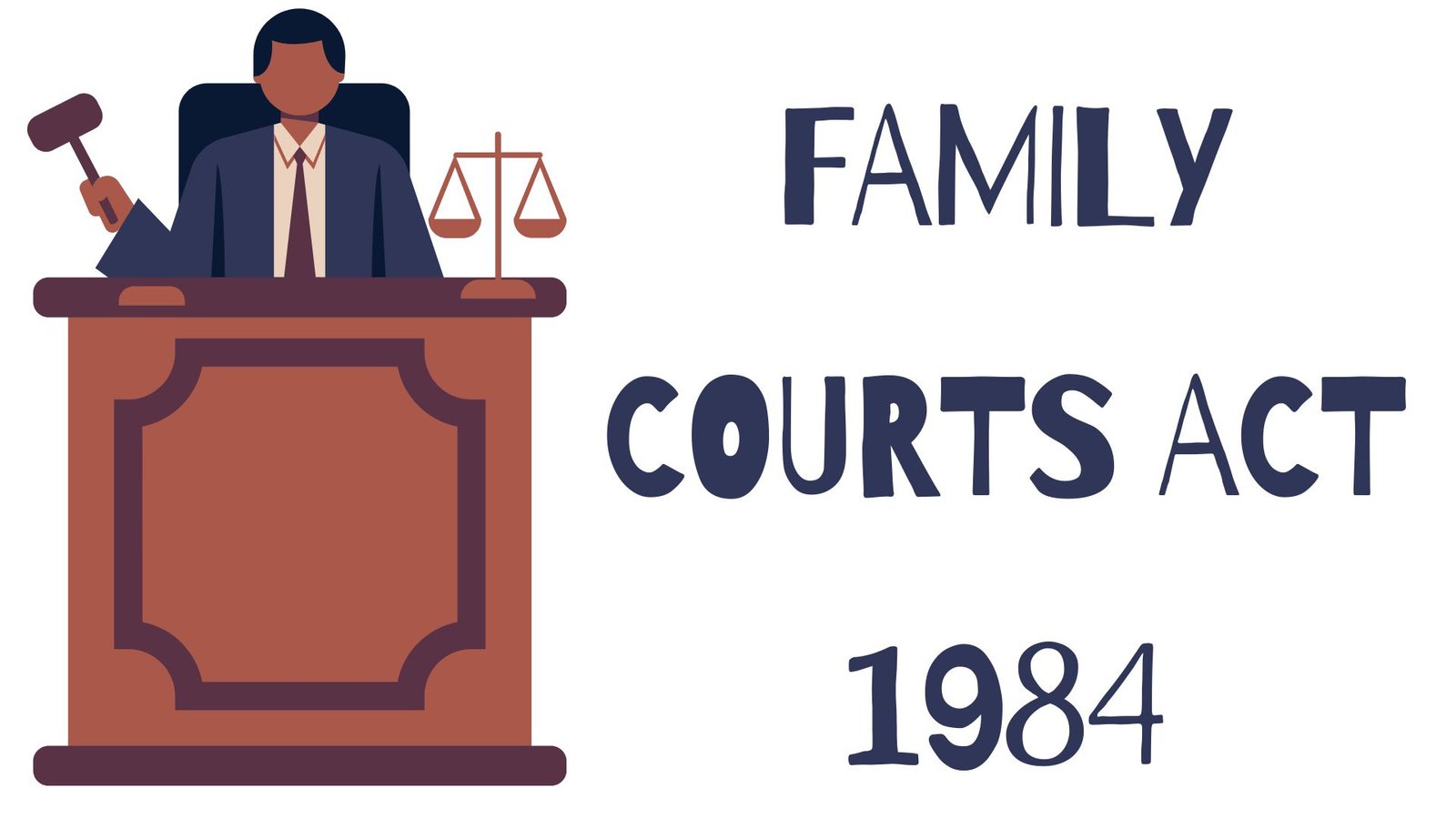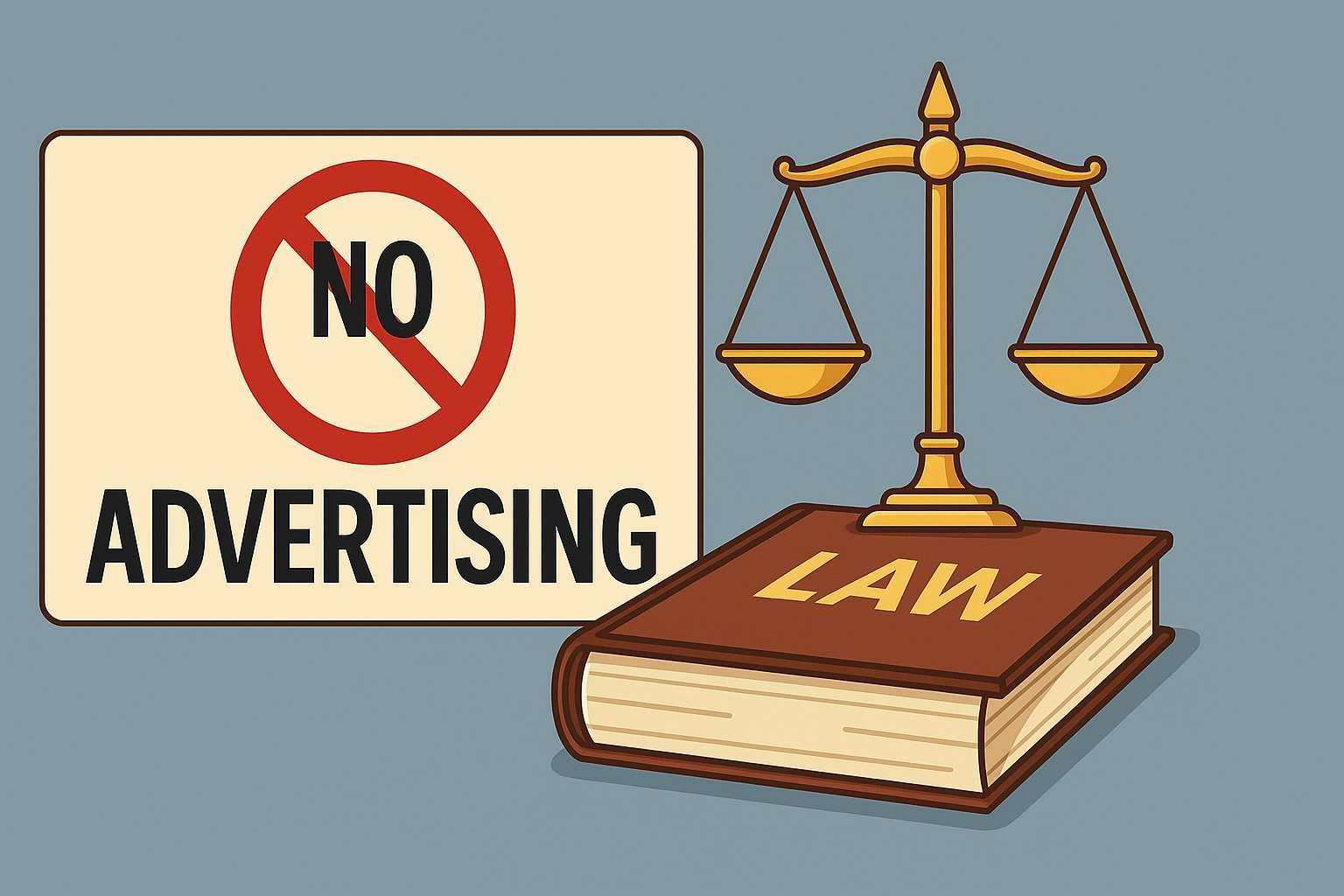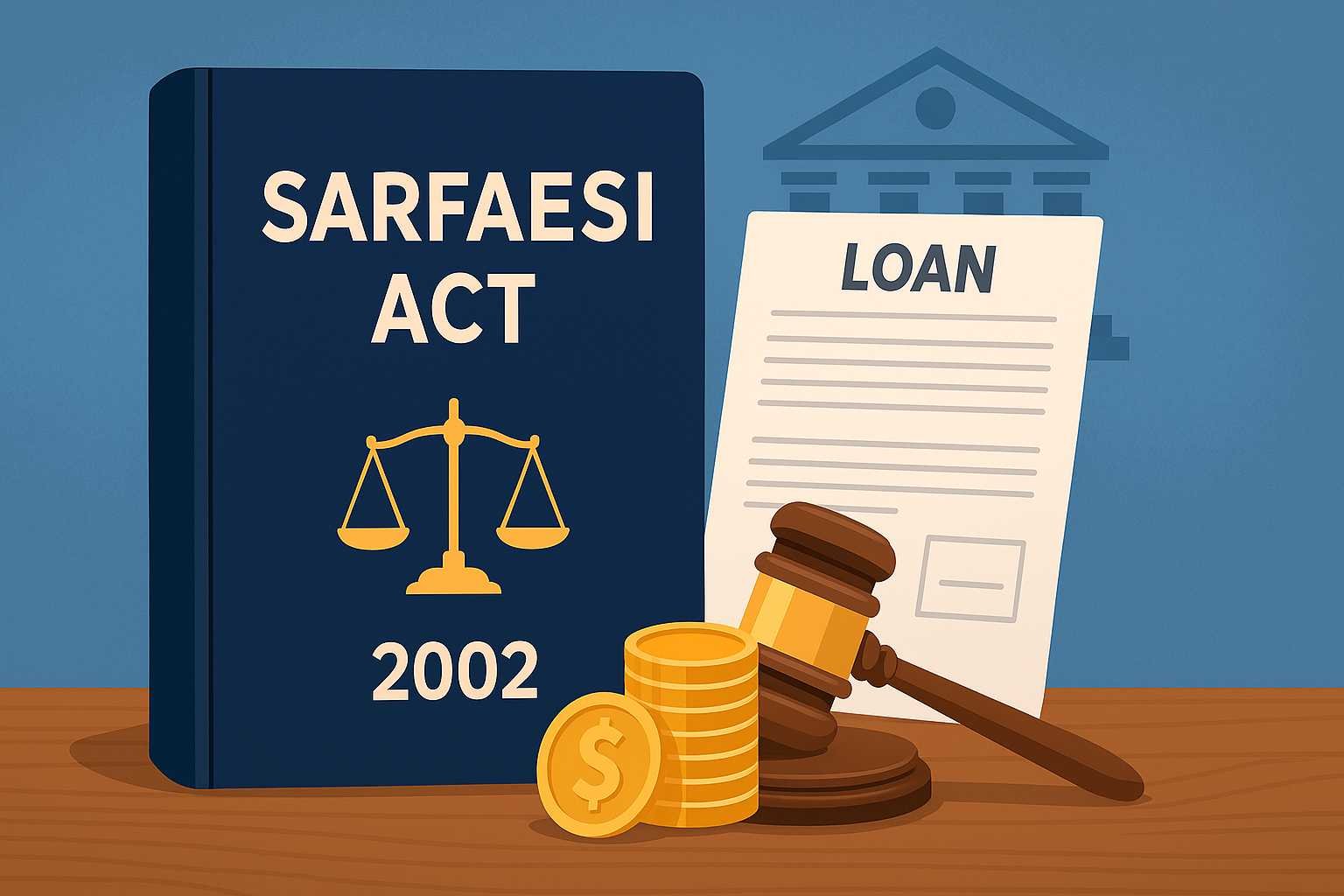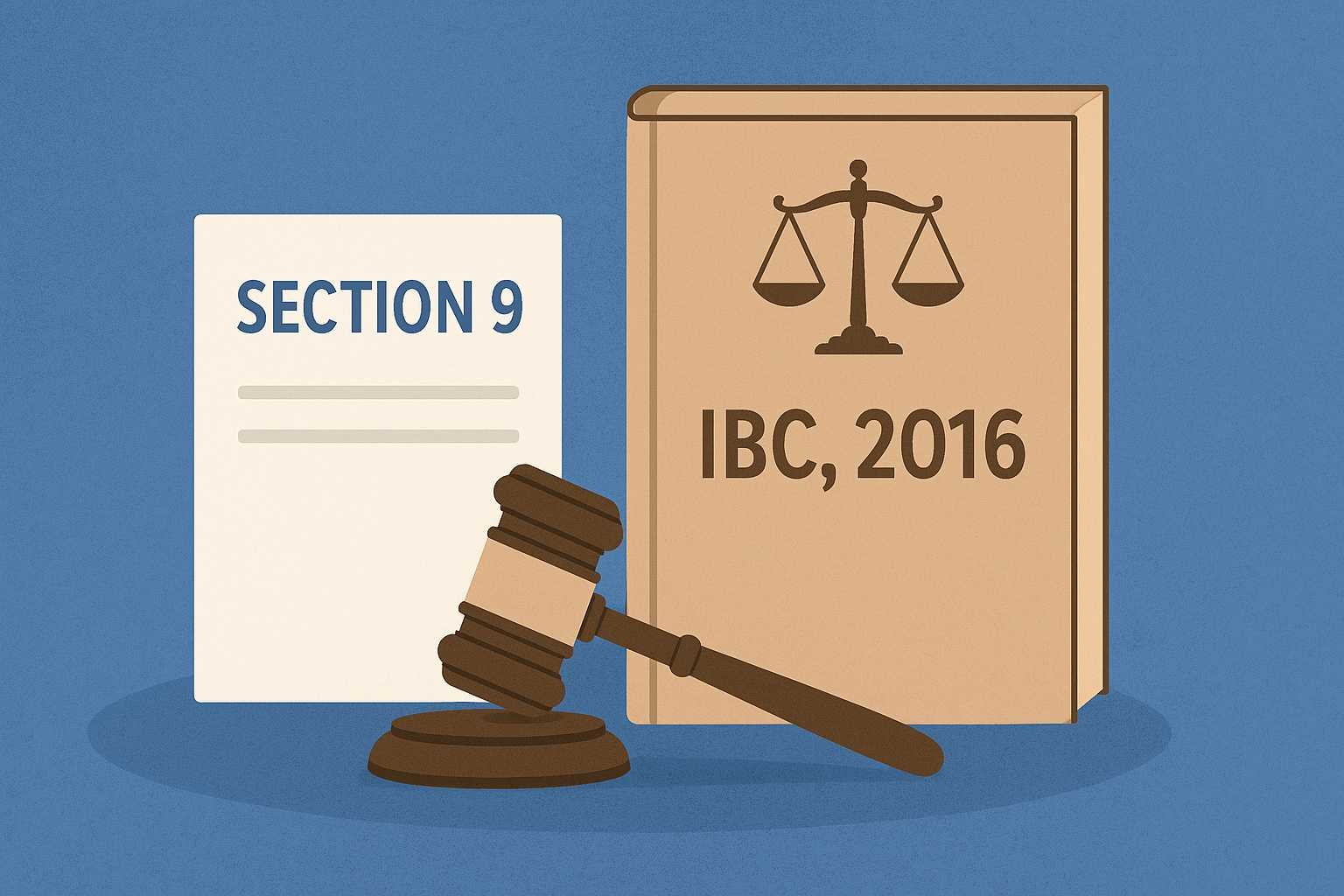On this page you will read detailed information about Prohibition of Child Marriage Act 2006.
As you review India’s Prohibition of Child Marriage Act, 2006, you will examine the key components of this legislation enacted to curb the concerning practice of child marriage in India. In your analysis, you will summarize the main objectives of the Act, describe its key provisions, and assess its implementation and impact over the past 15 years. To provide context, you will outline the history of child marriage in India and discuss factors driving its prevalence today. Evaluating the effectiveness of the law’s enforcement mechanisms and remaining gaps will enable you to offer recommendations to strengthen protections against child marriage and promote the rights of girls in India. Approaching this legislation through a legal, social, and human rights lens will shed light on this critical issue.
Overview of the Prohibition of Child Marriage Act, 2006
The Prohibition of Child Marriage Act (PCMA), 2006 was enacted to eliminate the practice of child marriage in India. It prescribes punishments for those who perform, permit or promote child marriages.
Definition
According to the PCMA, a “child” refers to a male under 21 years of age and a female under 18 years of age. A “child marriage” is a marriage where either one of the parties is a child. The Act declares child marriages voidable at the option of the child after attaining majority.
Prohibitions
The PCMA prohibits child marriages and punishes anyone who performs, conducts, directs or abets any child marriage. It is illegal to promote or permit solemnization of child marriages. The police are empowered to prevent child marriages and the courts are empowered to issue injunctions against them.
Punishments
The PCMA prescribes punishments for those who promote, permit or solemnize child marriages. The punishments include imprisonment up to two years or a fine up to Rs 1 lakh or both. Offences under the Act are cognizable, non-bailable and non-compoundable.
Exception
The Act provides for certain exceptions in which child marriages are allowed. These include situations where the marriage is permitted by a court for any bona fide and reasonable cause. It is also not an offence if the marriage had already been solemnized and the child has attained majority at the time of commencement of the Act.
The PCMA is a significant step towards eliminating the harmful practice of child marriage in India. By prohibiting child marriages, it aims to protect children from physical, emotional and sexual exploitation and to give them an opportunity to develop their full potential. Strict enforcement of the law is required to achieve the objectives of the Act.
Key Provisions of the Act
Prohibition of child marriages
The Act explicitly prohibits the solemnization of child marriages. As per the Act, a child marriage is a marriage where either the bride or the groom is underage, defined as below 18 years for girls and 21 years for boys. The Act makes child marriages voidable at the option of the minor party to the marriage.
Responsibilities of the Child Marriage Prohibition Officer (CMPO)
The Act appoints Child Marriage Prohibition Officers (CMPOs) to prevent solemnization of child marriages and to create awareness of the evil effects of child marriage. The CMPOs have the power to prohibit or postpone a child marriage. They can also intervene in ongoing child marriages to stop them. Failure to comply with the orders of CMPOs can lead to criminal charges.
Punishment for solemnizing a child marriage
The Act prescribes punishment for persons who perform, permit or promote child marriages. The punishment includes both imprisonment and fine. The punishment is more severe if the minor is below 15 years of age. The Act also provides for punishing whoever produces a false birth certificate or school certificate to justify a child marriage.
Power of the court to issue injunctions
The Act empowers the court to issue injunctions against any act which violates the provisions of the Act. The court can pass such interim orders as it deems fit in the interest of the minor. The court also has the power to appoint a guardian for a minor female involved in a child marriage for her welfare.
Maintenance for the female child
The Act provides that the minor female shall be entitled to maintenance from her husband or parents. The amount of maintenance depends on the needs of the minor female and the financial position of the husband/parents. The maintenance continues till the female attains the age of 18 years.
The key provisions of the Act aim to effectively curb the evil practice of child marriage in India. The strict punitive measures act as a strong deterrent while empowering minors and creating awareness about the ill effects of child marriages.
Minimum Legal Age for Marriage Under the Act
The Act sets the minimum legal age for marriage at 21 years for males and 18 years for females. According to Section 2(a) of the Act, a “child” means a person who, if a male, has not completed twenty-one years of age, and if a female, has not completed eighteen years of age.
Prohibition of Child Marriage
Section 3 of the Act prohibits any child marriage and declares it as voidable at the option of either of the parties to the marriage. The Act also makes child marriage an offense punishable with rigorous imprisonment up to two years or fine up to one lakh rupees or both. Offenses under the Act are cognizable and non-bailable.
In the previous post, we had shared information about Understanding the Legal Dilemma: Why Sex Crimes Are Handled Differently, so read that post also.
Option to Seek Annulment
The Act provides the option to either of the parties to seek annulment of child marriage by filing a petition in the district court. The petition can be filed at any time after attaining majority until two years of attaining majority. After hearing the parties and making such inquiry as it thinks fit, the district court may annul the child marriage.
Maintenance and Custody
For the wellbeing of the female child whose marriage is annulled under this Act, the court may order the male party to the marriage to pay maintenance to her for the purpose of her living and education. The court may also make provisions for the custody and maintenance of any children of the parties to the marriage.
In summary, the Act prescribes 21 and 18 years as the minimum legal age of marriage for males and females respectively. It declares child marriages as voidable and offense, provides options to seek annulment of such marriages, and makes provisions for maintenance and custody of the female child and any children from the marriage. By prohibiting child marriages, the Act aims to promote health, education, development and empowerment opportunities for children in India.
Punishments for Violating the Act
Violations of the Prohibition of Child Marriage Act, 2006 carry strict legal punishments. Any individual who performs, conducts or directs a child marriage can face up to two years imprisonment and/or a fine of up to 100,000 rupees.
Parents and guardians
Parents or guardians who permit or promote the marriage of a minor can also face legal consequences under the Act. They may be subject to up to two years imprisonment and/or a fine of 100,000 rupees. The Act aims to hold parents and guardians accountable for protecting children from underage marriage.
Officiants
Priests, clerics or any other officiants who solemnize a child marriage can face particularly harsh penalties. They risk up to five years imprisonment and a fine of up to 100,000 rupees. Recidivists, or repeat offenders, are liable to double the punishment. The Act takes a strong stance against religious leaders and community elders exploiting their positions of power and trust to enable child marriages.
Government officials
Government officials tasked with preventing child marriages, such as police officers, can also face penalties for failing to discharge their duties. They risk up to one year imprisonment and/or a fine of up to 100,000 rupees for willful negligence in preventing child marriages. The Act aims to compel government bodies and officials to rigorously enforce laws against underage marriage.
Overall, the Prohibition of Child Marriage Act, 2006 outlines substantial punishments at multiple levels in order to effectively curb the practice of child marriage in India. By threatening legal consequences for parents, religious leaders, government officials and any others who enable child marriage, the Act seeks to protect children through a systemic approach. However, more needs to be done in terms of enforcement and changing social attitudes to truly end underage marriage.
Progress Since the Act’s Passage
Since the passage of the Prohibition of Child Marriage Act (PCMA) in 2006, India has made some progress in curbing the practice of child marriage. However, much work remains. According to UNICEF, India has the highest number of child brides in the world, with 1 in 3 girls married before 18. While this was declining – as of 2005 47% of girls were married by 18 compared to 65% in 1990 – more recent data is lacking.
Declining Rates of Child Marriage
The PCMA established 18 as the minimum legal age of marriage for women in India. Early reports suggested the law led to declining rates of child marriage, especially in states with higher literacy and socioeconomic development. Surveys in some northern states found girls’ median age at marriage increased by 1-3 years from 2005 to 2015. However, child marriage remains most prevalent in rural and impoverished areas where enforcement is challenging.
Gaps in Enforcement
The PCMA relies on local officials to prevent child marriages, but enforcement has been inconsistent. Families are often able to conceal marriages or bribe officials. Penalties for violators are relatively minor, consisting of small fines and/or short prison sentences. Harsher penalties and better enforcement mechanisms are still needed, especially in remote areas where child marriage is most common.
While the PCMA was an important first step, further action is urgently needed to end child marriage in India. Stronger enforcement, education programs, and initiatives to empower girls and address poverty would help to accelerate progress. With political will and resources, India could eliminate this practice within a generation and significantly improve health, education and economic outcomes – especially for girls and young women across the country. Overall, the nation still has a long journey ahead to fulfill the promise of the Prohibition of Child Marriage Act. But with steady progress, the destination is reachable.
Gaps and Shortcomings of the Law
The Prohibition of Child Marriage Act (PCMA), 2006 was a progressive step towards preventing child marriage in India. However, there are certain gaps and shortcomings in the law that have limited its effectiveness.
A major shortcoming is the lack of clarity on the minimum age of marriage. The PCMA prohibits child marriage but does not specify the minimum age of marriage, leaving room for varying interpretations. Some argue it should be 18 years for females and 21 years for males, as per the Indian Majority Act, while others claim it should be 21 years for all, as stated in the Juvenile Justice Act. This ambiguity hinders the law’s ability to strictly enforce the prohibition of child marriage.
Additionally, the PCMA does not render child marriages void but only voidable at the option of the minor party. The minor or the minor’s parents or guardian have the option to annul the marriage within two years of attaining majority. However, annulment of marriage remains a complex legal process and social stigma prevents many from pursuing it. The law would be strengthened if all child marriages were considered void ab initio or from the beginning.
Another concern is that the PCMA does not cover all religions in India as Muslims have their own personal laws. Only Hindu marriages and a few other communities are covered under the PCMA. For greater impact, the law needs to be made applicable to all religious groups.There are also issues with the law’s implementation and enforcement. Low awareness, social sanctions, lack of political will and limited infrastructure are some of the reasons why the legislation has not been fully effective.
By addressing these gaps and shortcomings, the PCMA can be strengthened to become a more powerful tool for combating the social evil of child marriage in India. Awareness campaigns, sensitization of key stakeholders and strict enforcement of the law can also help in overcoming some of the barriers in its implementation.
Efforts to Strengthen Enforcement
The Government of India has taken various measures to strengthen the enforcement of the Prohibition of Child Marriage Act (PCMA), 2006. The Ministry of Women and Child Development oversees the implementation of the PCMA across states and union territories. It monitors enforcement activities and issues advisories to improve implementation.
State governments are responsible for enforcing the law within their jurisdictions. They are required to appoint Child Marriage Prohibition Officers (CMPO) at the district, sub-divisional, and village levels to prevent child marriages and take action against offenders. The CMPOs work with village councils, community leaders, police, and NGOs to monitor upcoming marriages, verify the ages of the brides and grooms, and stop any illegal child marriages.
To augment the efforts of CMPOs, the central government provides financial assistance to states to engage field-level functionaries called “Child Marriage Prohibition and Facilitators” (CMPFs). The CMPFs visit households in rural and backward areas to create awareness about the ill-effects of child marriage. They also inform community members about relevant laws and government schemes promoting education and empowerment of girls.
The Ministry of Women and Child Development evaluates the enforcement of PCMA every year based on the number of child marriages stopped, FIRs filed, and convictions secured in each state. It gives awards and incentives to the best-performing states, districts and individuals. The Ministry also organizes training, workshops and sensitization programs for government officials, police, teachers, village heads, and CMPOs to strengthen the implementation of the law.
Despite these efforts, the enforcement of PCMA remains a challenge due to lack of political will, social acceptance of child marriage, poverty, illiteracy, and inadequate infrastructure. Sustained awareness campaigns, strict implementation of law, and incentives for promoting education and empowerment of girls are required to end the practice of child marriage in India.
Role of Civil Society in Curbing Child Marriage
Civil society organizations play an instrumental role in advocating for and enabling the effective enforcement of laws prohibiting child marriage. Non-governmental organizations (NGOs) raise awareness about the illegality and harms of child marriage through campaigns targeting both rural and urban populations across India. They organize community outreach programs, rallies, and media campaigns highlighting the health, social and economic consequences of child marriage. These initiatives help spread knowledge of legal rights and available government resources for preventing child marriage.
NGOs also provide direct support for victims of child marriage. They offer legal aid, counseling and vocational training to help rescued child brides become financially independent. Shelters run by NGOs offer a safe haven for girls fleeing child marriages. By reintegrating these girls into schools and linking them to job opportunities, NGOs help break the cycle of poverty and lack of education that contributes to the prevalence of child marriage.
Civil society groups put pressure on local governments and law enforcement agencies to rigorously enforce laws prohibiting child marriage. They file public interest litigations and conduct fact-finding missions to expose lapses in enforcement. NGOs demand accountability through protests and petitions, pushing officials to take action against perpetrators of child marriage. By mobilizing public support, NGO campaigns have spurred some state governments to establish dedicated child marriage prohibition officers and special courts.
NGOs complement the efforts of the central government in curbing child marriage. While the Prohibition of Child Marriage Act, 2006 outlaws child marriage across India, NGOs raise awareness of this law and advocate for its effective local implementation. They fill in critical gaps by providing rehabilitation and support services for victims. Most importantly, civil society groups apply bottom-up pressure to transform social attitudes that perpetuate child marriage. Through their grassroots work, NGOs are vital partners in upholding the rights of India’s children.
FAQs on the Prohibition of Child Marriage Act, 2006
The Prohibition of Child Marriage Act, 2006 (PCMA) was passed to prohibit solemnization of child marriages in India. If you have questions about this act, here are some frequently asked questions and answers:
The PCMA states that the legal age of marriage is 21 years for males and 18 years for females. Any marriage below this age is considered voidable under the act.
The PCMA prescribes punishment for males over 21 years of age and females over 18 years of age who contract child marriage. They can face up to 2 years imprisonment and/or a fine of up to Rs.100,000. Those who perform, conduct or direct child marriages can face up to 2 years imprisonment and/or a fine of Rs.100,000.
Yes, child marriages can be annulled under the PCMA. A minor who was married as a child or anyone affected by the child marriage can file a petition in court for annulment and declare the marriage null and void.
The PCMA specifies certain duties for authorities like police officers, village officers, and magistrates to prevent solemnization of child marriages and take appropriate action against those involved. They must prevent child marriages from taking place, report incidents of child marriage, and take measures to generate awareness against this practice.
While the PCMA aims to curb the practice of child marriage in India, much work still remains. Continuous efforts are needed to spread awareness about the act, implement its provisions, and change mindsets in society regarding child marriage. With time and perseverance, child marriage can become a thing of the past.
Conclusion
In examining India’s Prohibition of Child Marriage Act, 2006, we have seen that while the law raised the legal age of marriage to 18 for girls and 21 for boys, child marriage remains a significant issue. There are still many cultural and economic factors driving families to arrange marriages for daughters before age 18. More work is needed to change social views on child marriage and ensure the law is properly enforced. However, the Act was an important step forward, establishing child marriage as illegal and punishable. Going forward, continued efforts by the government, nonprofits, community organizations, and society as a whole can help end this harmful practice. By raising awareness and promoting education, especially for girls, India can better protect the welfare and rights of its youth.
Disclaimer
The information and services on this website are not intended to and shall not be used as legal advice. You should consult a Legal Professional for any legal or solicited advice. While we have good faith and our own independent research to every information listed on the website and do our best to ensure that the data provided is accurate. However, we do not guarantee the information provided is accurate and make no representation or warranty of any kind, express or implied, regarding the accuracy, adequacy, validity, reliability, availability, or completeness of any information on the Site. UNDER NO CIRCUMSTANCES SHALL WE HAVE ANY LIABILITY TO YOU FOR ANY LOSS OR DAMAGE OF ANY KIND INCURRED AS A RESULT OR RELIANCE ON ANY INFORMATION PROVIDED ON THE SITE. YOUR USE OF THE SITE AND YOUR RELIANCE ON ANY INFORMATION ON THE SITE IS SOLELY AT YOUR OWN RISK. Comments on this website are the sole responsibility of their writers so the accuracy, completeness, veracity, honesty, factuality and politeness of comments are not guaranteed.
So friends, today we talked about Prohibition of Child Marriage Act 2006, hope you liked our post.
If you liked the information about Prohibition of Child Marriage Act 2006, then definitely share this article with your friends.
Knowing about laws can make you feel super smart ! If you find value in the content you may consider joining our not for profit Legal Community ! You can ask unlimited questions on WhatsApp and get answers. You can DM or send your name & number to 8208309918 on WhatsApp








